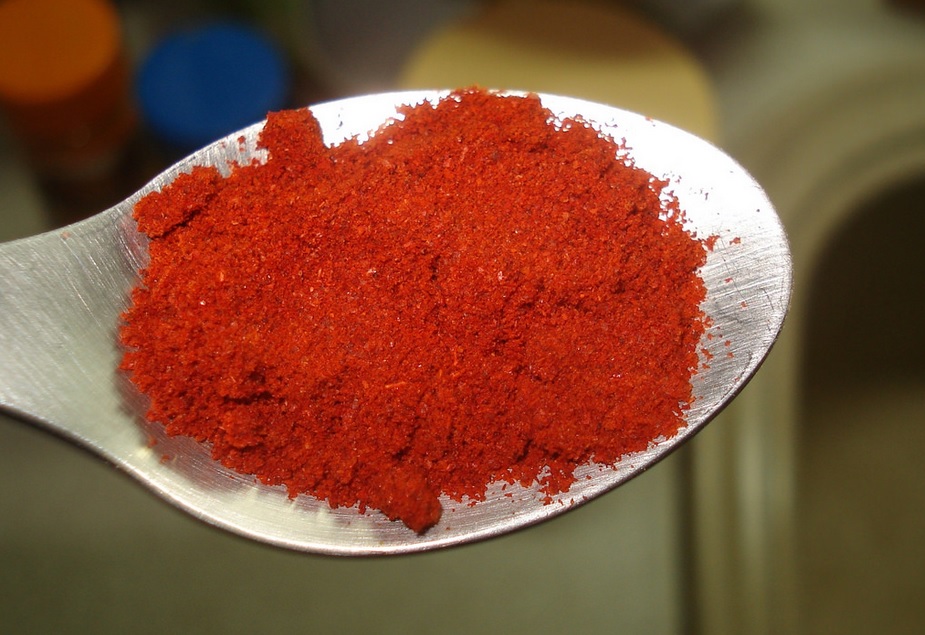PAPRIKA: A Social History (Ken L. Koff) – What is paprika? No one knows. Still, that hasn’t stopped “food sociologist” Ken L. Koff from recounting its history, from its early days as a dark red powder that nobody knew what it was, through the Middle Ages and the Renaissance and those sorts of times, to the paprika of today, which we access in modern technological ways and use for a variety of so many things. Illustrated with line drawings of paprika.
HOW TO SPEAK AT BASKETBALL (Serge Preissing) – With football season almost over and basketball season in full swing, it’s too late to be, learn to be, or sound like an aficionado when talking about football. But “basketball sociologist” Preissing provides this exhaustive guide to talking like a person who knows what he, or she, is talking about with regard to “round ball,” “hoops,” “bibbity-ball,” “bouncy-bouncy,” “nettin’”, “cageristics,” “rim-racking,” “stuff-o-rama,” and “poppa-dunka-time.” After even the most cursory study of its charts, tables, and language lessons, the reader will learn to say things like, “When your bigs stay home somebody has to help out downtown” and “You love the way the young man finds his spot when everybody collapses in the paint” and “Body-up inside and make him go glass.” Illustrated with obscure hand signals from coaches.
THE ERASER: The Incredible True Story of How Removal Technology Enabled the Rise of Civilization (Kay Passah) – It’s all here: the Pink Pearl; the art-store gum eraser; White-Out; the little rubber nubbin on the top of the Dixon Ticonderoga; the familiar felt chalkboard eraser; the once-popular cut-up snow tire; the IBM Sel-lec-tric; and, of course, the ubiquitous delete key. It’s all here, and it’s absolutely awful. “Eraser sociologist” Passah tries to show how the eraser enabled the origin and development of civilization itself, but it did no such thing. We know it, the publisher knows it, and Passah knows it. This might be the worst book ever written. Illustrated with stupid pictures of erasers, of course.
MY LIFE (Bjrngg Thorslvdnt; translated from the Norwegian by William E. Nilly) – This mammoth (3 volumes; 2,660 pages total) memoir was, somehow, a best seller in its native Norway, where apparently they have not much else to do than read a highly, indeed maniacally, obsessively detailed account of everything its 42-year-old author ever did, thought, saw, felt, dreamed, heard, or heard of. A description of tying a shoe—not the pair; just the left—goes on for 24 pages. Do we want to read three thousand words about trying, and failing, to open a jar of pickles? For God’s sake. Illustrated with hi-rez micrographic slides of Norwegian stuff.
GERMS, WINE, GUNS, COTTON, IRON, CHICKENS, MUSIC, PAPER, POTATOES, ALGEBRA, AND DIRT: How Everything is Everything and Made Our World What it Is (Ian A. Littlewile) – Is everything everything? Yes, but not in the way you might suppose. “Sociologist sociologist” Littlewile roams far and wide, over time and space, making connections both surprising (the cultivation of corn in the New World led to Abstract Expressionism) and unsurprising (the presence of emus on the island of Australia led to the naming of a rugby team The Sydney Emus). By the end, the reader is beaten into submission and forced to concede that, if everything isn’t everything, it’s most things, with maybe a few things left over. Illustrated with pictures of everything.
Panagiotis Giannakopoulos
http://tinyurl.com/q5bfg63
